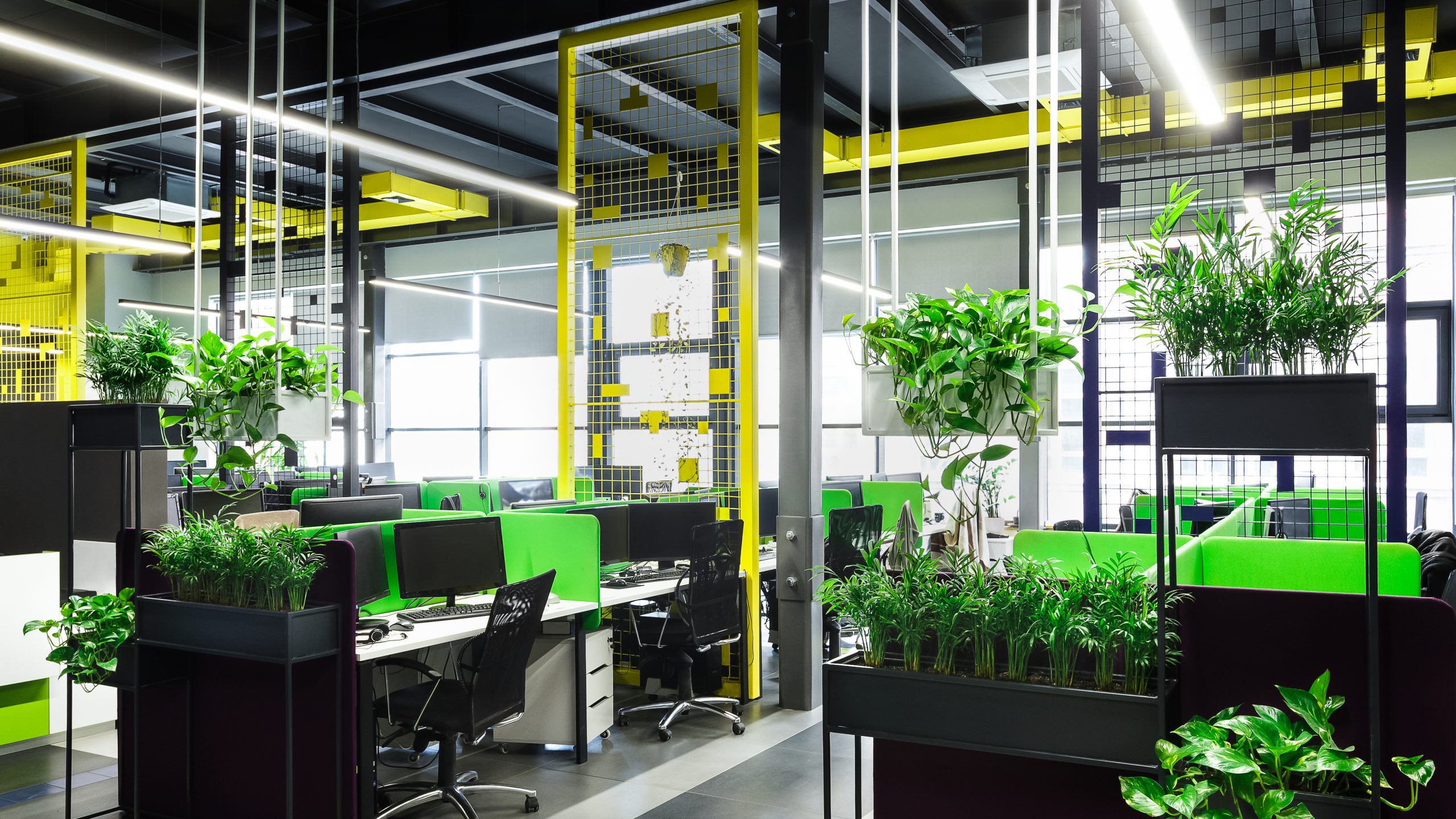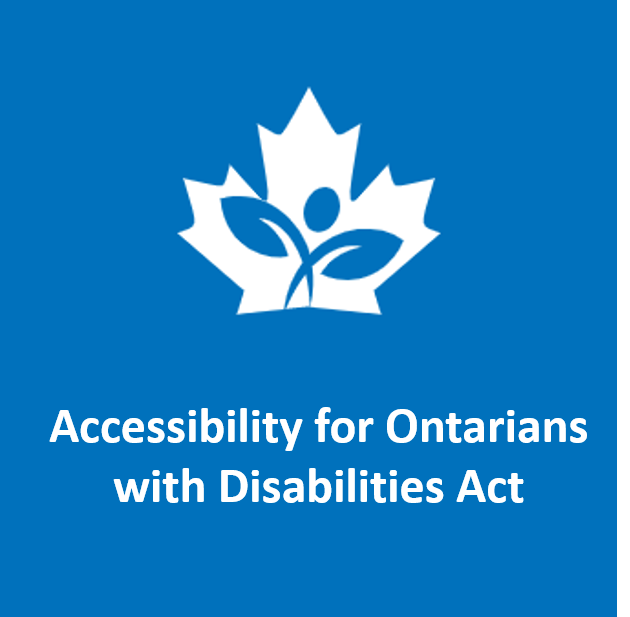Accessible Design Elements that Enhance Inclusion in the Workplace
The Opportunity for Change
How we function in organizations looks different now: we work from home, we work in the office, we work at a coffee shop, or some combination of the three. While there is a lot of excitement around integrating our home and work lives, some changes pose a threat to the way we access and feel comfortable in the workplace.
Most retail and office buildings have eliminated physical barriers to allow for mobility devices, but there is much more to do when it comes to accessibility for all.
Considerations and Solutions for Invisible Disabilities
Invisible disabilities refer to a collection of hidden disabilities that are often cognitive or sensory-related. They include autism spectrum disorder, depression, diabetes, visual impairment, neurodiversity including ADHD and dyslexia, and more.
It is arguably quite easy and natural to accommodate someone we see in a mobility device, right? So, how do you address and include someone that has a sensitivity to noise, or suffers from panic attacks? This becomes especially challenging if that person doesn’t feel comfortable declaring their invisible disability with all of their colleagues.
Here are a few invisible disabilities that have been impacted by new workplace norms: hoteling and open-space floor plans.
Anxiety and Privacy
Two of the biggest triggers for anxiety are ‘messy’ environments and social gatherings – both prevalent features in hoteling/open plan scenarios. Hoteling also limits the number of optimal individual workspaces, which means many employees feel the need to rush to work to get a spot where they feel comfortable and most productive. While hoteling is an efficient use of space for transient or hybrid workforces, it can cause employees to feel tense before even entering the office, and inhibit their ability to work effectively.
One way to tackle this anxiety is to create more opportunities for privacy and productivity. This can include modular barriers between desks, designated seating assignments that employees can choose the day before, ‘getaway’ spaces, or soundproof phone booths.
Noise Sensitivity and Sound Management
An obvious feature of hoteling and open floor plans is the lack of walls and doors. This leads to fewer sound barriers and more hard surfaces (like ceilings, floors, and desks), creating acoustic problems where sounds carry further than it usually would.
Unwanted noise can cause someone with an autism spectrum disorder to become overwhelmed or uncomfortable, or someone with noise sensitivity to continually lose track of the task at hand. Yet, one does not have to have an invisible disability to find office noise distracting and irritating.
Sound management is a way to reduce acoustic noise and does not require a complete remodelling of office floors. Try sound dampening products that will reduce excessive reverberation such as acoustic wall panels, as well as sound dampening art, carpet, and curtains.
Environmental Sensitivity and Air Quality
Similar to noise sensitivity, environmental sensitivities can be triggered by open floor plans where scent travels more freely. Those with environmental sensitivities can experience headaches, dizziness, hives, or other allergic reactions to common scents like perfumes or cleaning products. These physical reactions are more common in spaces where people are unable to separate themselves from other people or places with strong scents.
A solution to this problem is improving air quality. This can be done through better ventilation systems, keeping air vents clear of blockages, frequent disposal of garbage, using scent-free cleaning products, and policies around food consumption and perfumes/colognes. For those interested in bigger investments, a living wall is a great way to clean the air, provide greater contrast between walls and floors, and add life to an office.
Vision Impairment and Better Visual Cues
Like environmental and noise sensitivities, vision impairment exists on a spectrum. One does not need to be completely blind to be visually impaired, which occurs when a person’s eyesight cannot be corrected to a ‘normal’ level, and objects cannot be seen clearly. Types of vision impairment include blurred vision, generalized haze, extreme light sensitivity, night blindness, or loss of peripheral vision. Having any of those conditions makes it difficult to navigate bright white offices that have little contrast between the floor, walls, and ceiling.
Creating better visual cues starts with increasing contrast, which can be done simply by painting walls, hanging art, adding plants, or carpeting floors. It’s also important to use signage with high contrast, and large, legible font to assist in wayfinding. Softer lighting and appropriately lit areas will also aid in making offices more accessible.
Get the Details
We’ve come a long way in office design and with a few tweaks, we can greatly increase accessibility for those with visible and invisible disabilities, while still promoting collaboration and creativity. Plus, these few upgrades will make the office a more welcoming and productive place for everyone, not just those with invisible disabilities.
The best way to find out what changes (if any) need to be made in your office is to survey employees about their experience in your workplace. If you have any questions on how to get started, please contact deidreg@iwscc.ca and Deidre will be happy to direct you to some helpful resources or vendors.






